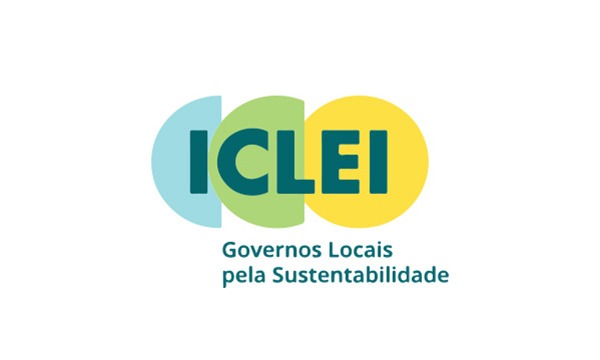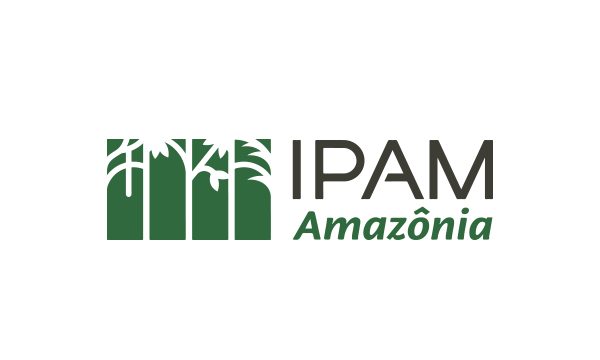Discover Brazil's greenhouse gas emissions
SEEG is the prime greenhouse gas emissions monitoring platform in Latin America and one of the largest national emissions databases in the world. It provides annual estimates of greenhouse gas emissions in Brazil for all sectors of the economy, on an easily accessible online platform with data spanning from 1970. In addition, it offers analyses and solutions for decision-makers. The SEEG data aim to inform mitigation policies and provide transparency to society regarding the country's emission reduction trajectories.
Understanding the initiative
The Greenhouse Gas Emissions and Removals Estimation System (SEEG) is an initiative by the Climate Observatory that involves the production of annual estimates of greenhouse gas emissions in Brazil, analytical documents on the evolution of emissions, and a digital platform hosting the system’s data and methodology.
SEEG estimates emissions in the five sectors that are sources of greenhouse gases in Brazil – Agriculture, Energy, Land Use Change, Industrial Processes, and Waste – with the same level of detail as found in emission inventories. Emissions are also allocated to the country’s 27 Federal Units (states) and all of its 5,000+ municipalities. The data provided in the SEEG collections constitute a historical series starting from 1970 and going up to the year before the release of each collection, except for the Land Use Change sector, whose series begins in 1990.
The estimates of greenhouse gas emissions and removals are generated following the guidelines of the Intergovernmental Panel on Climate Change (IPCC), based on the methodology of the Brazilian Inventory of Anthropogenic Greenhouse Gas Emissions and Removals, developed by the Ministry of Science, Technology, and Innovation (MCTI), and data obtained from government reports, institutes, research centers, sectoral entities, and non-governmental organizations. The SEEG methodology was published in the journal Scientific Data in 2018. Click here for more details on how the estimates are produced.
SEEG measures all greenhouse gases contained in the national inventory, like CP2, N2), CH4 and HFCs. Data are also presented in CO2 equivalent, both in GWP-100 (global warming potential in 100 years) and GTP (global temperature change potential), and according to emission factors established in the 2nd, 4th and 5th IPCC reports (AR2, AR4 and AR5).
All SEEG data are made available on a digital platform with over 150 million records and dynamic tables, allowing users to query the data using various filters and download the complete database. To cite, ‘Source: SEEG – Greenhouse Gas Emissions and Removals Estimation System, Climate Observatory, accessed on [date] – seeg.eco.br’
In addition to estimating greenhouse gas emissions, SEEG has systematically mapped and compiled mitigation and adaptation actions at the municipal level in a user-friendly manner. The goal is to promote sustainable development with emission reduction, providing tools and engaging key stakeholders to address this challenge. Currently, SEEG highlights 87 solutions in the sectors of Transportation, Electricity, Waste, Agriculture, and Land Use Change and Forests for municipalities.
SEEG debuted in pilot format in 2012 and was officially incorporated into Observatório do Clima (OC) in 2013. The Climate Observatory is a network of over a hundred civil society organizations working towards building a decarbonized, egalitarian, prosperous, and sustainable country, in the fight against the climate crisis. OC monitors federal policies, generates knowledge, coordinates societal actors, and communicates the significance and urgency of combating the climate crisis.
Four institutions within the Climate Observatory coordinate the technical work of SEEG: Ipam (Land Use Change), Imaflora (Agriculture), Iema (Energy and Industrial Processes), and ICLEI – Local Governments for Sustainability (Waste).
Get to know who is involved in SEEG today and who has participated in past data collections by clicking here.
SEEG has received or is currently receiving funding from various organizations, including ICS (Instituto Clima e Sociedade), Clua, Fundación Avina, Fundação Porticus, OAK Foundation, Rainforest Foundation Norway, the European Union’s Partnership Instrument, and the German Federal Ministry for the Environment, Nature Conservation, and Nuclear Safety (BMU) in the context of the International Climate Initiative (IKI).





